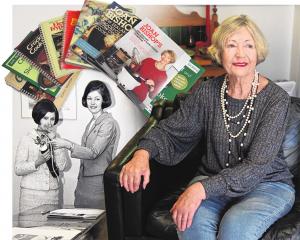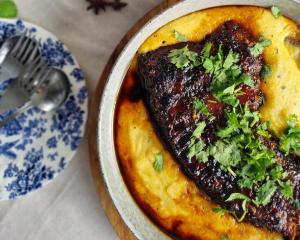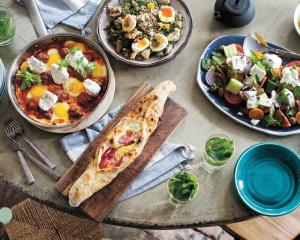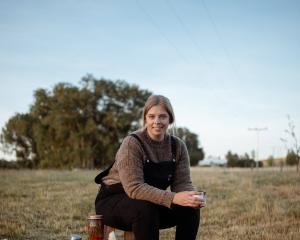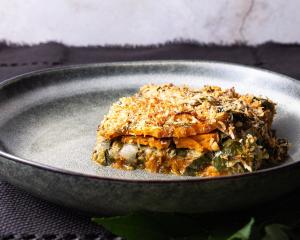Flavours of Home is a series of recipes from around the world cooked by people at home in Otago. This week Mary Browne and Helen Leach, from New Zealand, show us how to make pavlova.
Mary Browne and Helen Leach grew up in Dunedin and with their sister, artist Nancy Tichborne, have written several books, including The Cook's Garden and The Cook's Salad Garden.
Prof Helen Leach specialises in the history of food and cooking, and Mary Browne lives at Palmerston, where she writes about gardening and cooking.
The first recipe found for a pavlova was printed in 1929 in New Zealand - well before one was published in Australia, according to Prof Helen Leach in her book The Pavlova Story (Otago University Press, 2008).
Since then New Zealand women have been developing the recipe in their kitchens.
This fail-safe recipe comes from the 1970s, when electric beaters became common.
Instead of whisking the egg whites and folding in the other ingredients as people used to do, you put everything in the bowl and let the mixer do the work! It makes a pavlova with a crisp outside and soft marshmallow centre.
All-in-one pavlova
Serves 6-8
2 egg whites from large eggs
1½ cups caster sugar
½ tsp vanilla
1 tsp white vinegar
1 tsp cornflour
4 Tbsp boiling water (add last, just before beating)
For the topping
200ml whipping cream
peeled and sliced kiwifruit, whole or halved strawberries or other fruit to decorate
Place a piece of non-stick baking paper on an oven tray and draw a 23cm-diameter circle in the centre.
Preheat the oven to 180degC, with a rack in the centre position.
Following the order listed, place all ingredients (except those for the topping) into the bowl and beat on high speed for 10-12 minutes until the mixture is shiny and stiff.
Spoon into the circle on the paper and use a spatula to spread evenly.
Bake for 10 minutes at 180degC, then lower the heat to 150degC and bake a further 45 minutes.
Turn off the heat and allow the pavlova to cool in the oven for at least an hour.
Transfer the cold pavlova, still on the baking paper, to a plate or cardboard ring covered in aluminium foil.
Trim the paper close to the pavlova.
Whip the cream until stiff and spread on the pavlova. Decorate with fruit.
- Thanks to Afife Harris and Gardens New World.
Pavlova tips
- Use eggs that are a few days old.
- Very fresh or stale eggs do not beat well.
- Make sure the bowl is clean - any trace of fat or oil or bits of egg yolk will prevent the whites becoming stiff.
- To get maximum volume, have the eggs at room temperature.
- Boiling water helps dissolve the sugar but it is important to add it just before beating.
- This ensures quick distribution of the the heat and prevents the egg whites from coagulating prematurely.
- Mary Browne likes to use pure vanilla essence with vanilla seeds for best flavour.
- Don't worry about cracks in the pavlova - the cream will cover it.
- The cooked, undecorated pavlova will keep for a couple of days in an airtight tin in a cool place.
- Any left-over pavlova should be covered and put in the fridge as soon as possible. It often tastes better the next day, but should not be left at room temperature for more than two hours once the cream is on it for health reasons. It will lose its crisp layer if left in the fridge with cream for too long.
- Don't freeze pavlova. It splits and will weep.





